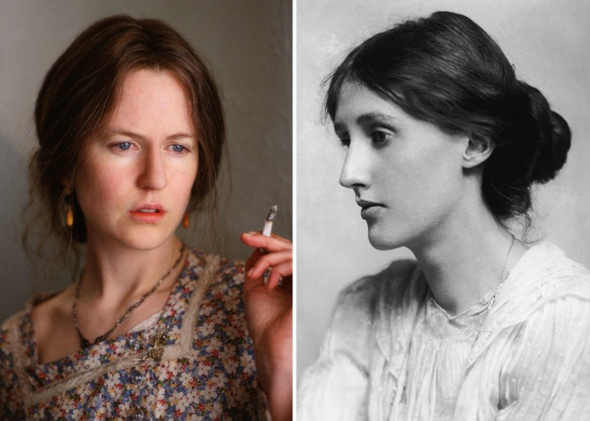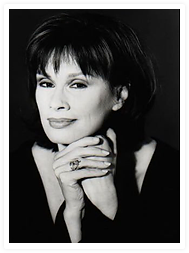A couple of weeks ago I shared some insights from Nicole Kidman and Meryl Streep regarding how they approached creating characters. This week I’m sharing some excerpts in regards to actors and character development, from a New York Times article written by Michael Cunningham, describing his incredible experience on set observing Nicole Kidman, Julianne Moore, and Meryl Streep transform into the characters they portrayed in “The Hours.” There’s so much to be learned from these three extraordinary actors on character development.
Character Development

Photo via Paramount Pictuers, George Charles Beresford/Wikimedia Commons
“IT seemed at one moment I was sitting at my desk wondering if anyone would want to read ”The Hours,” my unorthodox novel in which Virginia Woolf was a prominent character, and the next I was on a set outside London, being asked by an assistant director if I’d like to stick around and see Nicole Kidman in her Virginia Woolf nose.
”The Hours” (which was Woolf’s original title for ”Mrs. Dalloway”) involves three days in the lives of three women. There’s a modern-day Clarissa, played in the movie by Meryl Streep, who closely resembles Mrs. Dalloway but is free of some of the social strictures that bound Woolf’s Clarissa. There’s Laura Brown, a wife and mother at the end of World War II, played by Julianne Moore, who is reading ”Mrs. Dalloway” and finding herself in its pages. And there is an imagined day in the life of Virginia Woolf herself, played by Nicole Kidman, when she began writing ”Mrs. Dalloway” — when she, more than half suspecting she was merely an eccentric and marginal talent, set down the opening lines of a book that will be read as long as books exist.
My early fears about how the people of my book might be diluted by a movie version were allayed by Ms. Kidman’s willingness to wear a wig and a prosthetic nose to play Woolf. I went to the English set, where a crumbling country mansion was standing in for the suburban house in which Woolf lived when she wrote ”Mrs. Dalloway.” I met Ms. Kidman, talked to her briefly about Woolf, and was asked if I’d like to see her in the Nose, which was the first I’d heard about Ms. Kidman appearing in any nose other than her own. She was escorted to the make-up room, from which she emerged an hour later as another person entirely. Not only was her face unrecognizable, but her stance had changed. She held her head more sternly; she set her shoulders slightly forward, as if trying to conceal the fact that she expected, at any moment, a blow from behind.
I learned, from each actor, that the process of transformation is as elusive and idiosyncratic as is the creation of characters in fiction. Ms. Kidman told me that although she did enormous preparation — she read all of Woolf, learned to mimic her handwriting, and had of course that remarkable patrician beak — what brought her to Woolf’s essence was learning to roll her own cigarettes, as Woolf had done, combined with a modest white handkerchief Ann Roth, the costume designer, had put in the pocket of her dress. Somehow these two minor elements, the cowboyish cigarettes and the wan little hankie, produced the friction from which she could begin.”
Next week I’ll bring you more of Julianne Moore and Meryl Streep’s process on character development from this same article. In the mean time I hope this has brought you some new understanding about finding a character and discovering your voice in doing so.
